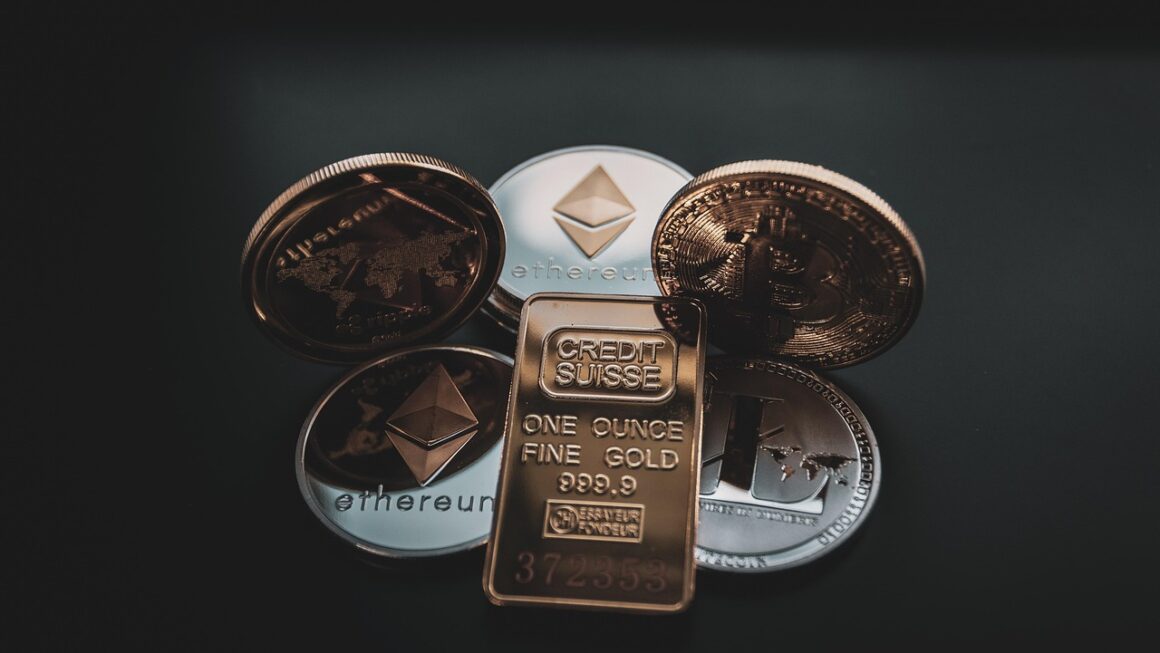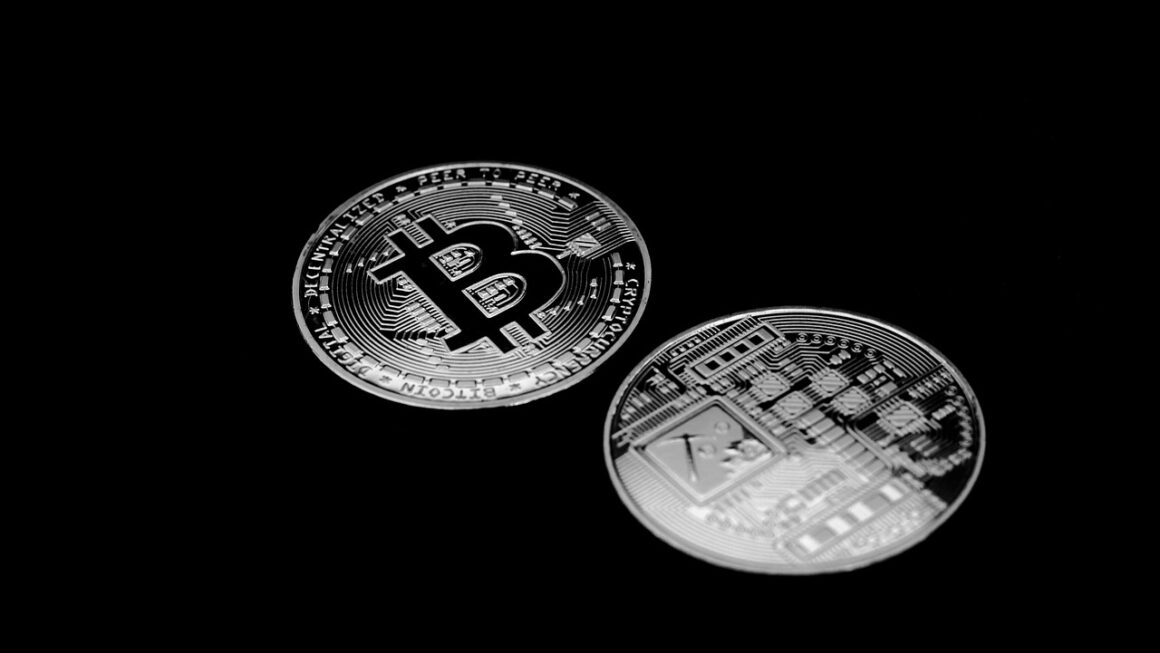Altcoins, or alternative cryptocurrencies to Bitcoin, offer a vast and exciting landscape of potential investment opportunities. However, navigating this space requires knowledge, strategy, and a degree of risk tolerance. From understanding the different types of altcoins to choosing the right exchange, this guide provides a comprehensive overview of how to get coins and altcoins safely and effectively.
Understanding Altcoins and Their Potential
What Exactly are Altcoins?
Altcoins are, simply put, any cryptocurrency that isn’t Bitcoin. While Bitcoin enjoys the status of the original cryptocurrency, thousands of altcoins have emerged, each often aiming to improve upon Bitcoin’s design or offer unique functionalities. Examples include Ethereum (ETH), Litecoin (LTC), Cardano (ADA), and Solana (SOL).
- Different Types of Altcoins:
Mining-Based Altcoins: These rely on a Proof-of-Work (PoW) consensus mechanism similar to Bitcoin, where miners solve complex cryptographic puzzles to validate transactions and earn newly minted coins.
Staking-Based Altcoins: These utilize a Proof-of-Stake (PoS) consensus mechanism, where users validate transactions based on the number of coins they hold and are willing to “stake.” Staking typically earns rewards in the form of additional coins.
Stablecoins: These are cryptocurrencies designed to maintain a stable value, often pegged to a fiat currency like the US dollar. Examples include USDT and USDC.
DeFi Tokens: These are cryptocurrencies associated with decentralized finance (DeFi) platforms and projects. They often grant holders governance rights or access to specific features within the DeFi ecosystem.
Meme Coins: These are cryptocurrencies that gain popularity primarily through internet memes and social media hype. They are highly volatile and carry significant risk. Dogecoin (DOGE) and Shiba Inu (SHIB) are prime examples.
Assessing Risk and Reward
Investing in altcoins carries inherent risks. It’s crucial to understand these risks before investing any capital.
- Volatility: Altcoins are often more volatile than Bitcoin, meaning their prices can fluctuate dramatically in short periods.
- Liquidity: Some altcoins have low trading volumes, making it difficult to buy or sell them quickly without significantly affecting the price.
- Security: Some altcoins may have vulnerabilities in their code, making them susceptible to hacks and exploits.
- Project Longevity: Many altcoin projects fail to gain traction and eventually become worthless. It’s essential to conduct thorough research into the team, technology, and community backing a project before investing.
- Example: The collapse of LUNA and UST in 2022 serves as a stark reminder of the risks associated with altcoins, particularly those tied to complex decentralized finance ecosystems.
Despite the risks, altcoins also offer the potential for significant returns. Investing in a successful altcoin project early on can be highly profitable.
Choosing the Right Cryptocurrency Exchange
Centralized Exchanges (CEXs)
Centralized exchanges are platforms operated by a central authority. They offer a user-friendly interface and a wide range of cryptocurrencies.
- Examples: Binance, Coinbase, Kraken.
- Pros:
User-friendly interface
High liquidity
Wide selection of cryptocurrencies
Often offer advanced trading features
- Cons:
Custodial: the exchange controls your private keys.
Vulnerable to hacks
May require KYC (Know Your Customer) verification
Decentralized Exchanges (DEXs)
Decentralized exchanges operate on a blockchain and allow users to trade cryptocurrencies directly with each other, without a central intermediary.
- Examples: Uniswap, PancakeSwap, SushiSwap.
- Pros:
Non-custodial: you control your private keys.
Greater privacy
Lower fees (sometimes)
Access to a wider range of altcoins, especially newer projects.
- Cons:
More complex to use
Lower liquidity compared to CEXs
Potential for impermanent loss (especially in liquidity pools)
Gas fees (transaction fees on the blockchain) can be high
Key Considerations When Choosing an Exchange
- Security: Look for exchanges with strong security measures, such as two-factor authentication and cold storage of funds.
- Fees: Compare trading fees, withdrawal fees, and deposit fees across different exchanges.
- Liquidity: Choose an exchange with sufficient trading volume for the altcoins you want to buy.
- User Interface: Select an exchange with a user-friendly interface that is easy to navigate.
- Supported Cryptocurrencies: Ensure that the exchange supports the altcoins you are interested in.
- Reputation: Research the exchange’s reputation and read reviews from other users.
Methods for Acquiring Altcoins
Buying Directly on an Exchange
This is the most common method for acquiring altcoins. You can deposit fiat currency (e.g., USD, EUR) or other cryptocurrencies into your exchange account and use it to buy altcoins.
- Example: You can deposit USD into your Coinbase account and use it to buy Ethereum (ETH).
Mining
Mining involves using computer hardware to solve complex cryptographic puzzles and validate transactions on a blockchain. In return for their efforts, miners are rewarded with newly minted coins. While Bitcoin mining has become highly specialized and expensive, some altcoins are still profitable to mine with consumer-grade hardware. However, electricity costs and hardware investment need to be considered.
- Example: Mining Litecoin (LTC) using specialized ASIC miners.
Staking
Staking involves holding cryptocurrencies in a wallet and participating in the network’s consensus mechanism. By staking your coins, you help secure the network and validate transactions. In return, you earn rewards in the form of additional coins.
- Example: Staking Cardano (ADA) on a staking pool and earning staking rewards.
Participating in Airdrops and Bounties
Airdrops and bounties are marketing campaigns where cryptocurrency projects distribute free tokens to users in exchange for completing certain tasks, such as following them on social media, joining their Telegram group, or testing their platform.
- Example: A new DeFi project might airdrop tokens to users who hold a specific cryptocurrency or participate in their testnet.
- Caution: Be wary of scam airdrops and bounties that may attempt to steal your private keys or personal information. Always verify the legitimacy of the project before participating.
Earning Crypto through Play-to-Earn Games
Play-to-earn (P2E) games allow players to earn cryptocurrency or NFTs (non-fungible tokens) by playing the game. These rewards can then be exchanged for other cryptocurrencies or fiat currency.
- Example: Playing Axie Infinity and earning Smooth Love Potion (SLP) tokens.
Secure Storage and Management of Your Altcoins
Hardware Wallets
Hardware wallets are physical devices that store your private keys offline, providing the highest level of security.
- Examples: Ledger Nano S Plus, Trezor Model T.
- Benefits:
Protection against online hacking and malware
Secure storage of private keys
Support for multiple cryptocurrencies
Software Wallets
Software wallets are applications that store your private keys on your computer or mobile device.
- Examples: MetaMask, Trust Wallet, Exodus.
- Benefits:
Convenient access to your funds
Often free to use
Integration with decentralized applications (dApps)
- Risks:
More vulnerable to hacking and malware than hardware wallets
Requires keeping your device secure
Best Practices for Security
- Use strong passwords: Create strong, unique passwords for all your cryptocurrency accounts.
- Enable two-factor authentication (2FA): 2FA adds an extra layer of security to your accounts by requiring a second verification code in addition to your password.
- Keep your software up to date: Regularly update your operating system, browser, and cryptocurrency wallets to patch security vulnerabilities.
- Be wary of phishing scams: Be cautious of emails, messages, or websites that ask for your private keys or personal information.
- Backup your wallet: Create a backup of your wallet’s seed phrase or private keys in a safe place.
- Consider using a multisig wallet: Multisig wallets require multiple signatures to authorize transactions, adding an extra layer of security.
Conclusion
Investing in altcoins can be a rewarding, albeit risky, endeavor. By understanding the different types of altcoins, choosing the right exchange, employing secure storage methods, and practicing due diligence, you can significantly increase your chances of success in this rapidly evolving market. Remember to always do your own research and never invest more than you can afford to lose. The world of cryptocurrencies is constantly changing, so staying informed and adapting to new developments is crucial for long-term success.




